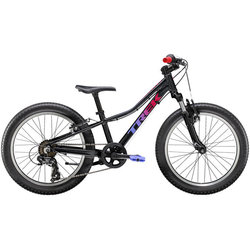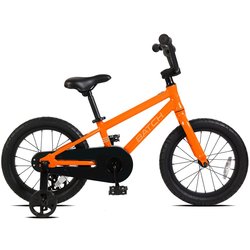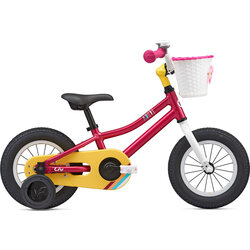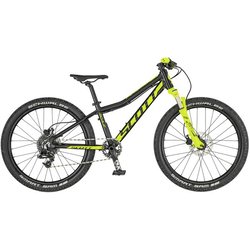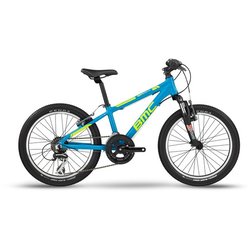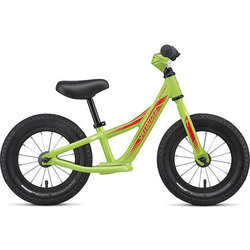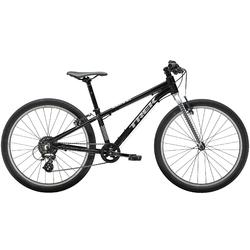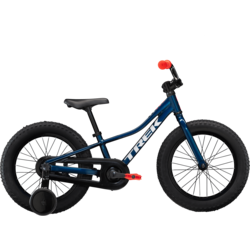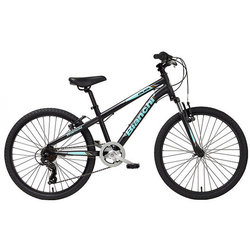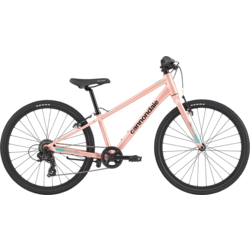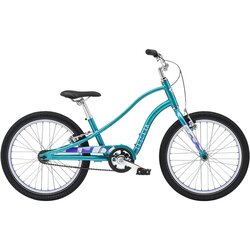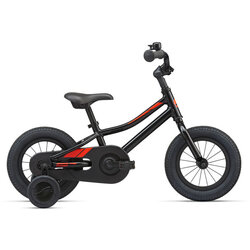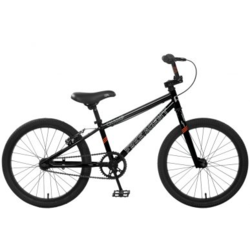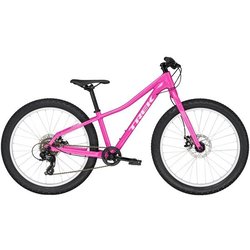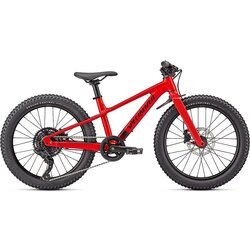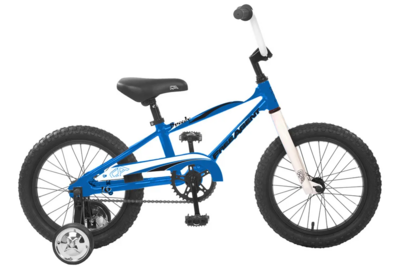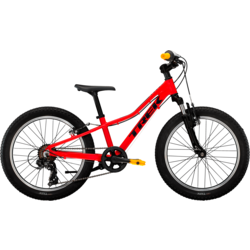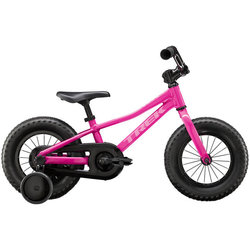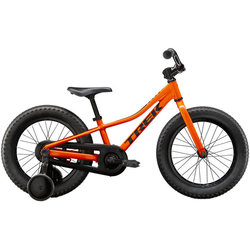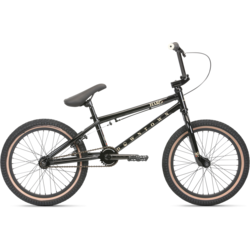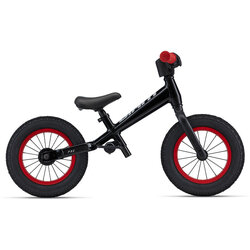Give A Kid A Bike
Fond memories are made on the wheels of a bike. Memories of an adult’s careful hand at your back as you learned to ride, or the freedom given to explore your neighborhood with friends. And let's not forget all the bumps and bruises we picked up along the way. There are life lessons in this learning process—lessons of failure, risk, success, and reward. It takes determination to stick with it, fall after fall, but with each repeated attempt the ride carries you a little farther. And when the wheels finally steady, and the pedals churn with excitement toward no known destination … a vast and new frontier unfolds before you. It's more than just a bike. It's a lifetime of fun.
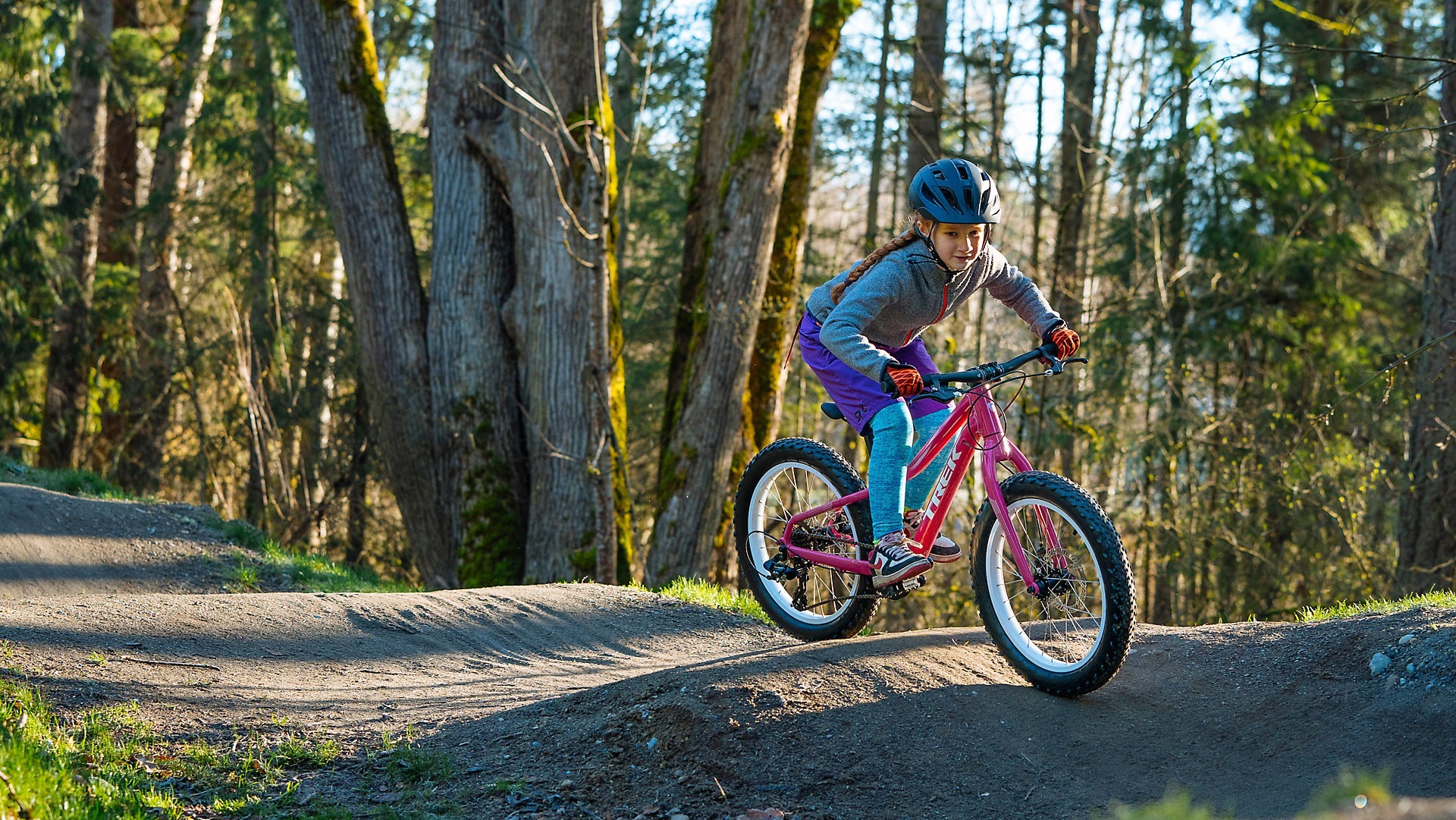
Starting a child early on a bike is a great way to boost self-confidence, increase motor skills, and provide a greater sense of independence. Not every child will immediately take to riding, but with the right amount of nurture and assistance they are bound to discover cycling’s inherent joys, just as you have. As a bonus, the fundamental motor skills learned will translate to many other activities as they grow. There are many, many options when it comes to choosing a children’s bike. Training wheels, pedals, no pedals, wheel sizes … as with most things designed for kids, it’s easy to get lost. But we’re here to help! Through this website and your local bike shop you’ll find knowledgeable advice and quality products that will leave you feeling great about your purchase.
How To Size A Kid's Bike
Sizing is just as important when buying a kid’s bike as it is when shopping for yourself. A bike too big will be difficult to control, and one too small will be uncomfortable to ride. Kids might not recognize those things, but their participation will quickly dwindle as the newness wears off, and that’s enough for you to know the bike doesn’t fit.
You’ll commonly see children’s bikes sized by how old the child is. It’s a familiar method of shopping for kids products, but has its limitations. This is especially true when it comes to sizing a bike. A better way to find the right size bike is to go off of the child’s height. Even better—measure their inseam and compare it to the bike’s minimum and maximum seat height. Doing it this way will allow you to see that your child can always touch the ground while seated, and should provide room for lengthening legs as they grow.
As you shop for bikes you’ll notice varying wheel sizes: 12”, 14”, 16”, and on up to 24”. These varying sizes are here to make the bike fit better and nothing more. Just as you’d expect the handlebar grips or pedals to be smaller on a kid’s bike when compared to that of an adult’s, tire sizes are smaller as the size of the bike gets smaller.
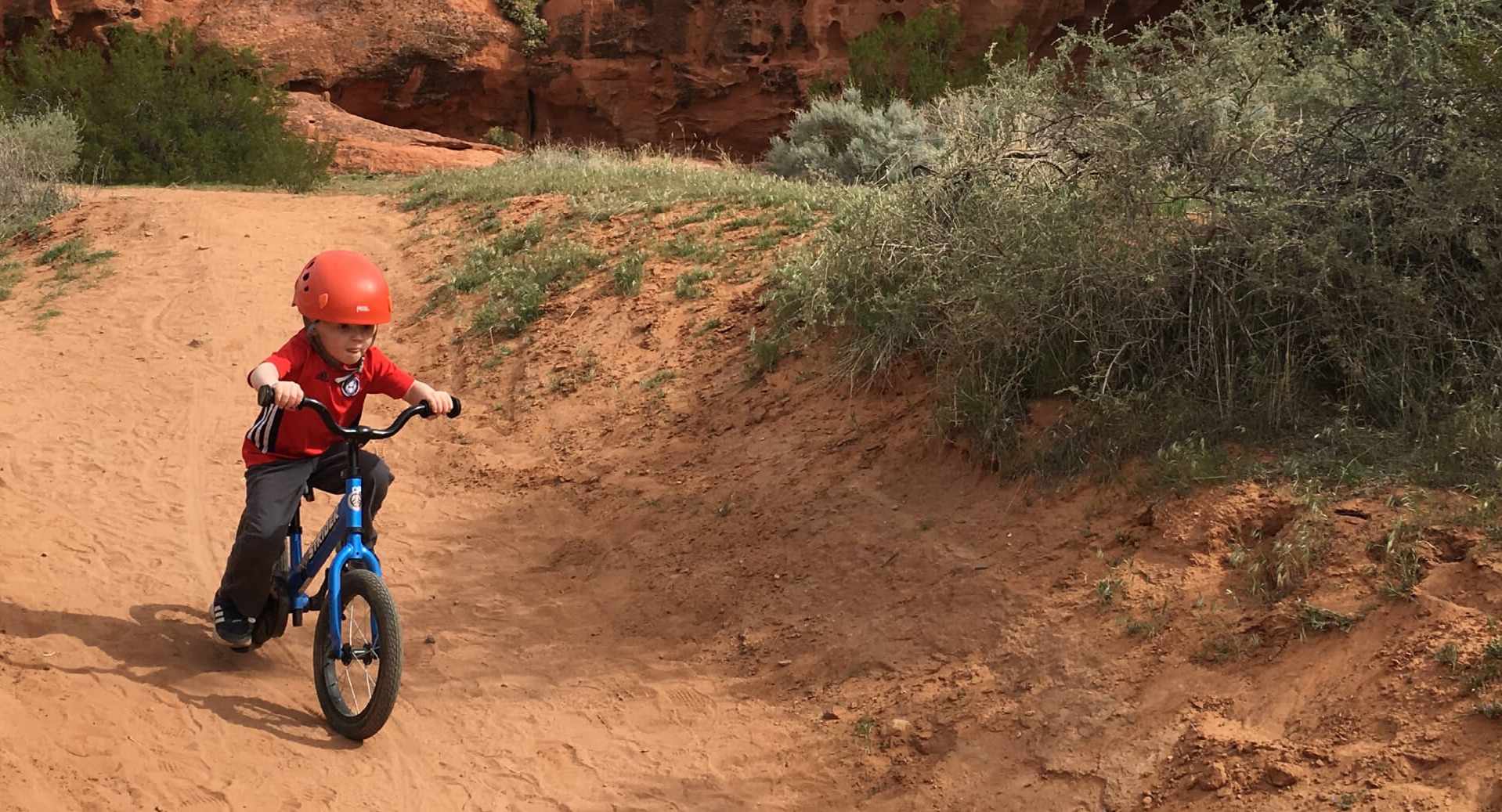
Balance Comes First
Balance bikes have proven that kids have a natural ability to keep themselves upright. Without pedals, a child can use their feet to keep their balance versus relying on awkwardly-positioned training wheels that work against this natural instinct. A balance bike’s low seat height makes it easy for the child to get on and off, while removing the uncomfortable feeling of teetering atop a bike that’s too tall. Balance bikes allow you to start your child’s learning process earlier, as young as 6 months with the Strider 2-in-1 Rocking Bike!
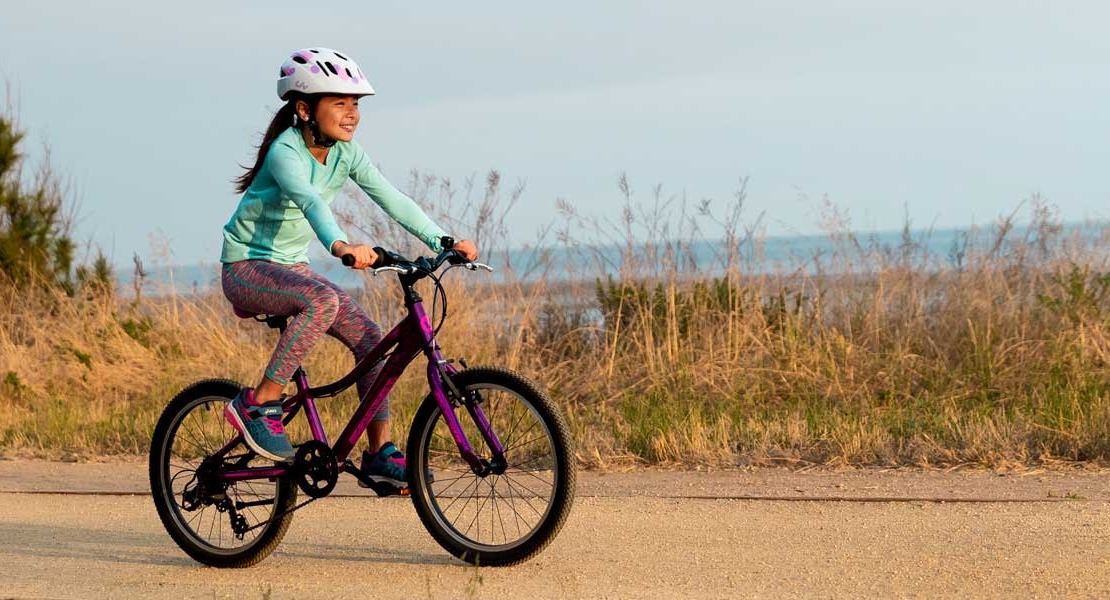
Pedal Into The Future
You’ll know when your child is ready for pedals. They’ll be scooting as fast as they can on the balance bike, seemingly fearless and hungry for more. Children’s pedal bikes share many of the characteristics of balance bikes. They are low-slung for stability and easy to hop on and go. Again, wheel size just correlates to frame size so no need to worry about choosing the “right” size wheel—go with the bike that’s recommended for your child’s size and you’ll be set.
The Pedal Progression
Once you get into bigger pedal bikes you’ll start to see more and more features found on adult bikes. Rear coaster brakes are common on the smallest bikes, but as a kid progresses in age and ability they’ll want hand brakes instead. Gearing follows the same pattern, with smaller bikes having just one gear and larger, more advanced bikes having eight or more.
Trade In Programs
Kids grow fast, which means that bike you just bought could be too small within a year. Thankfully, bike brands and shops recognize this fact of nature and offer help through a trade-in program. It’s the best way to ensure your child is always riding a bike that fits properly while reducing the cost of ownership. For example, if you bought a Trek kid’s bike today, you can return the bike within three years to get a 50% credit toward the purchase of another kid’s bike. What’s more, Trek donates the bike you’re returning to local charities—it’s a win for your child and helps another who might not otherwise get a bike.

Quality For Life
When you purchase from your local bike shop, you’re investing in your community while getting a product that any shop will stand behind. Not only that, but the professional knowledge and support you receive at a bike shop is hard to find at a big box store. Bikes purchased from an independent bicycle dealer are designed to give you the most enjoyable cycling experience possible, which comes from careful attention at every level of the product’s development, construction, sale, and service along the way. Plus, when you start a child out on a bike they can be proud of, they’ll develop a lifelong love for the sport.

